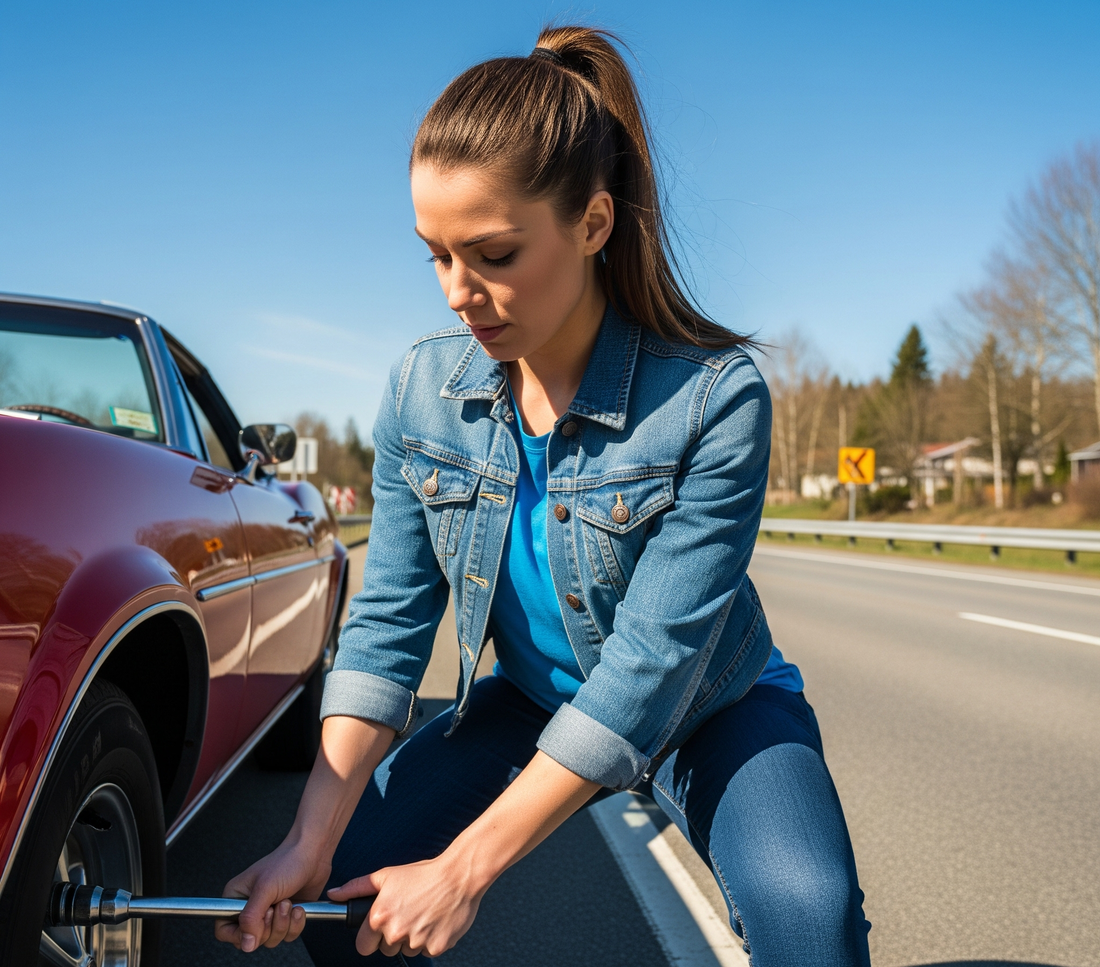
10 Must-Have Items to Keep in Your Car Emergency Kit
Share
10 Must-Have Items to Keep in Your Car Emergency Kit
Why a stocked kit matters
AAA answered 27 million roadside assistance calls in 2024—nearly three every second—and 74 % involved a dead battery or a tow.(newsroom.aaa.com) The takeaway? Breakdowns happen to great drivers in great cars, and help isn’t always minutes away. A compact, well-planned kit can turn a would-be disaster into a minor detour.
The essentials
| # | What it does |
|---|---|
| 1. Portable jump starter + jumper cables | Dead batteries account for ~7 million AAA calls a year. A lithium-ion jump pack eliminates the need for a second vehicle; quality cables remain a fail-safe. |
| 2. Reflective triangles or LED flares | In low light, being seen is as important as being fixed. Ready.gov lists these as first-tier items for every car.(ready.gov) |
| 3. Compact air compressor & tire-plug kit | Slow leaks strand drivers more often than blowouts. Reinflating or plugging buys time to reach a shop. |
| 4. Full-size spare, jack & lug wrench | “Donut” spares limit speed and distance; a full-size tire keeps trips on schedule and safer. |
| 5. Multitool & basic hand tools | Tighten a hose clamp, cut tape, pull a fuse—small fixes that end big headaches. |
| 6. First-aid kit | Cuts and burns are common during DIY roadside repairs. Include blister pads and burn gel. |
| 7. Flashlight or headlamp (hands-free) | Night repairs drain phone batteries and patience; keep spare AA/AAA cells with the light. |
| 8. Phone charger plus power bank | GPS, service calls and digital manuals rely on a charged device. Ready.gov flags a car cell-phone charger as essential.(ready.gov) |
| 9. Seasonal supplies | • Blanket or emergency bivy • Cat litter/sand for traction • Ice scraper • Drinking water & high-calorie snacks |
| 10. Fire extinguisher (Class B/C) & work gloves | Small fuel-or-electrical fires spread fast; gloves protect hands during tire or engine work. |
Packing tips that save space—and seconds
-
Containerize smartly. Use a soft-sided, zipper-top gear bag; it molds around the spare tire and won’t rattle.
-
Layer by urgency. Lifesaving gear (extinguisher, triangles, jump pack) sits on top, comfort items underneath.
-
Document your car. Tuck a photocopy of the insurance card, registration and lug-nut torque spec in a zip bag.
-
Calendar the refresh. Every spring and fall, swap food, check battery dates and verify the jump pack still holds 80 %+.
Drive home safe—with MotorMate
Stay prepared, stay confident, stay MotorMate.
